Aviation
World’s first ‘fly and drive car’ ready by 2021
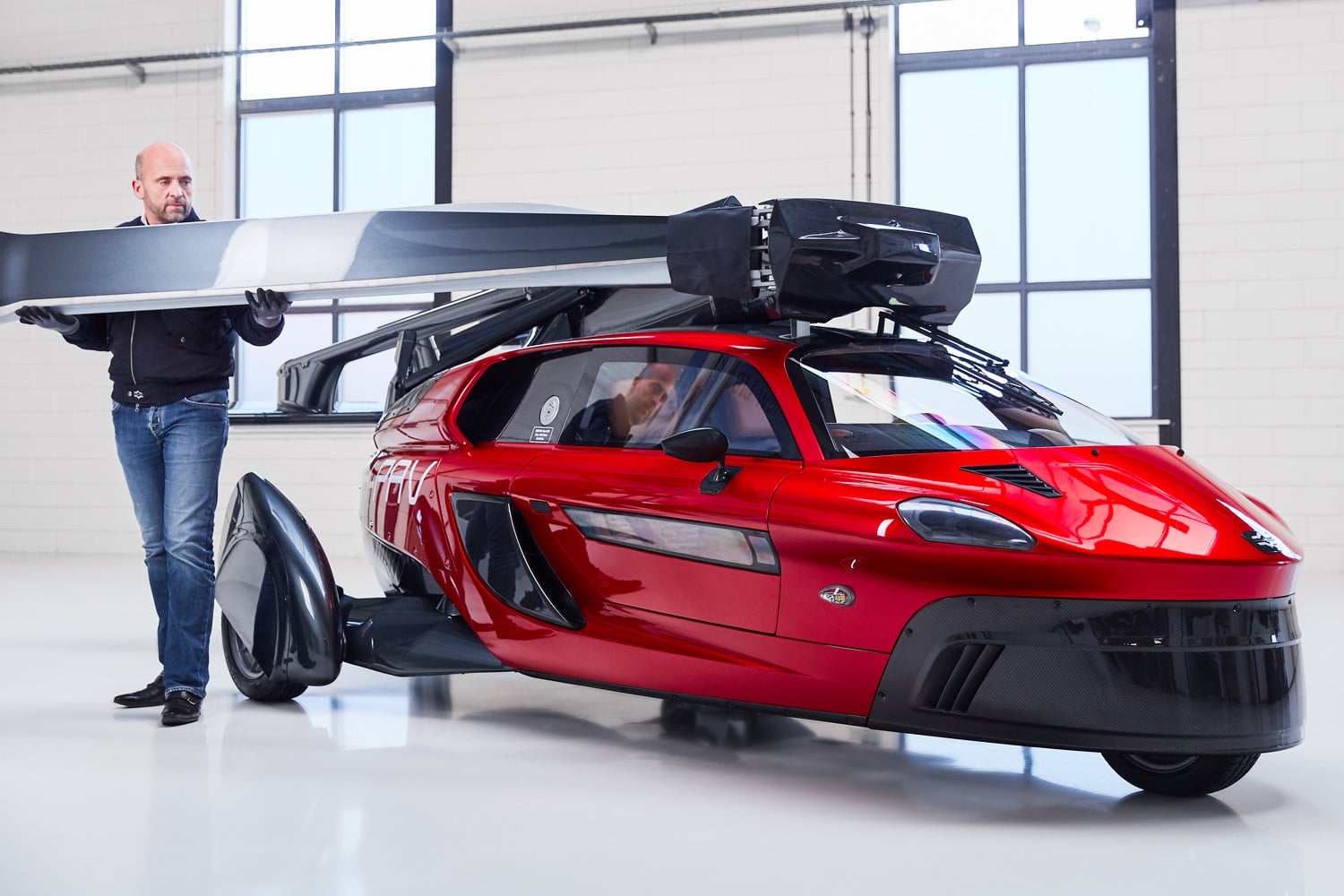
World’s first ‘fly and drive car’ ready by 2021 :According to Daily mail It has been over century in the making, but the world’s first ‘fly and drive car’ is set to make its US debut Tuesday night in Miami, Florida.
Called Pioneer Personal Air Landing Vehicle, or PAL-V, this flying vehicle is equipped with retractable overhead and rear propellers and can cruise at an altitude as high as 12,500 feet.
It uses automobile gasoline and tops speeds of 200 miles per hour in the air and 100 mile per hour on the ground.
The Dutch-made machine is already in production and is selling for $599,000 with 70 pre-orders to-date – the first delivery is expected to be in 2021.
PAL-V will go on display at an event entitled: ‘Miami 2020 and Beyond’. The flying car seats two people has 230hp and a four-cylinder engine. The two-seater vehicle converts from a three-wheeled car to a gyrocopter in just 10 minutes, and can go from 0 to 60 mph in under eight seconds.
Maxim magazine selected PAL-V in 2017 as the most likely company to deliver a ‘real’ flying car and two years later that prediction has come true.
Embraer and American Airlines Sign Contract for 15 E175s
‘While other flying car manufacturers’ concepts require modified regulations and in many cases not yet existing technologies, PAL-V deliberately chose to engineer, design and build a flying car with proven technologies and fully compliant with existing regulations.’
It is made of carbon fiber, titanium, and aluminium and weighs 1,500 pounds, and requires a 540 feet runway for take-off and just 100 feet for landing.
The craft is fitted with a similar handling system to that of a motorbike, which relies on the driver tilting the vehicle with a control stick both on the ground and in the air.
BRITISH AIRWAYS’ A350 GEARS UP FOR ITS FIRST LONG HAUL FLIGHT TO DUBAI
‘Flying cars have been in movies many, many times and they will be available next year,’ Dingemanse told The Associated Press. A slightly cheaper version to be made next – the Pal-V Liberty Sport – has a price tag of $335,000.
The firm has designed the car so at the flick of a button the blades fold down and gather like a bat’s wings on the top. It incorporates a 2005 breakthrough, when Dutch company Carver invented a tilting system for three-wheelers, to counter Pal-V’s high center of gravity and make it roadworthy.
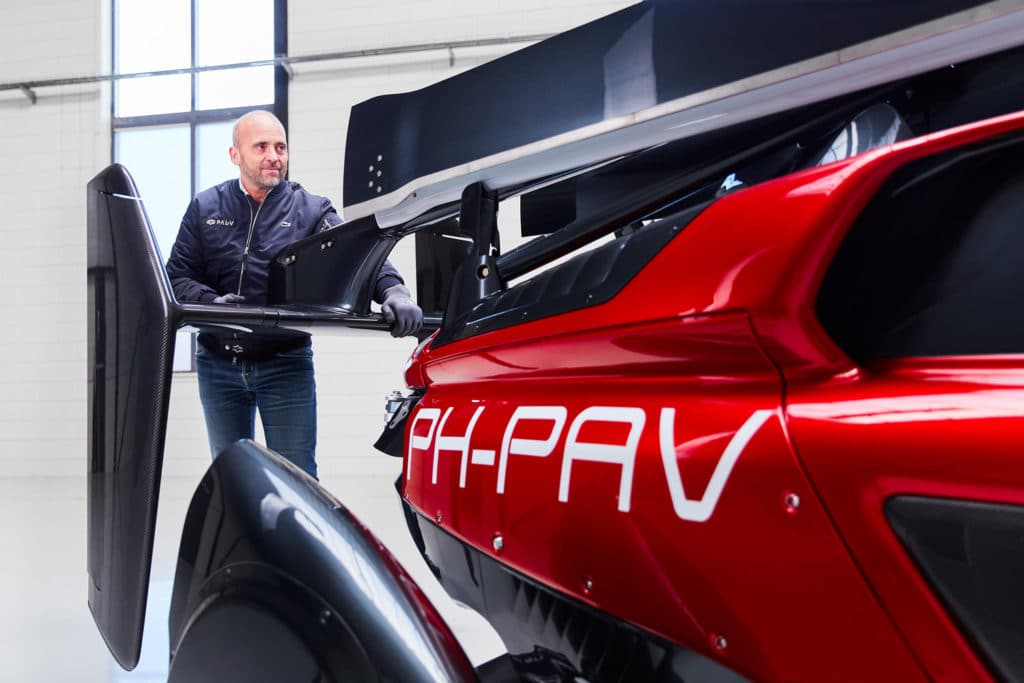
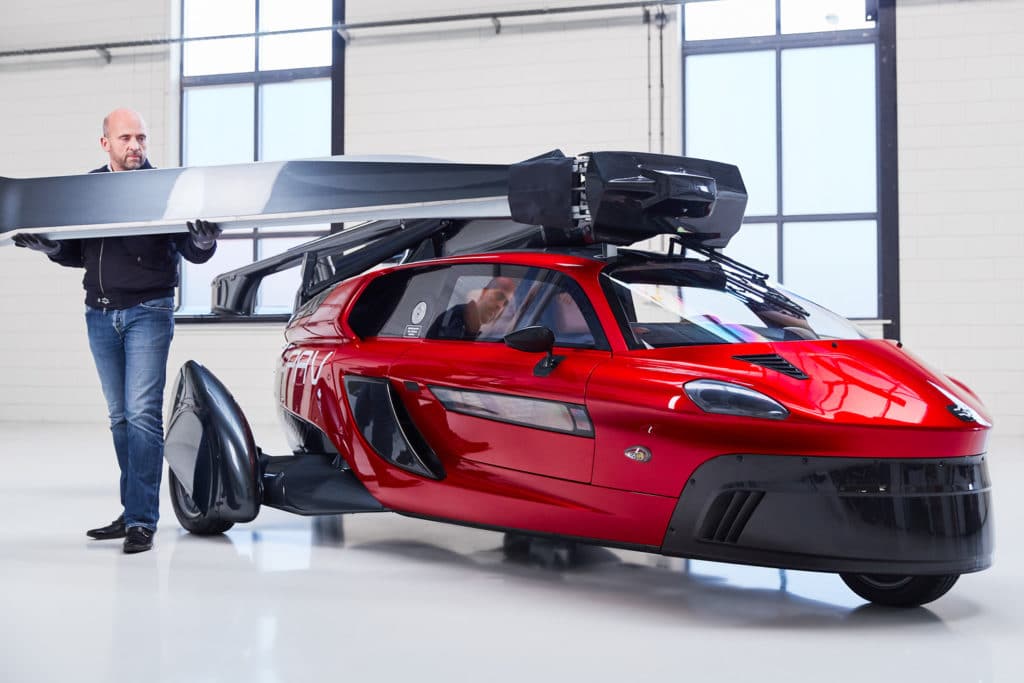
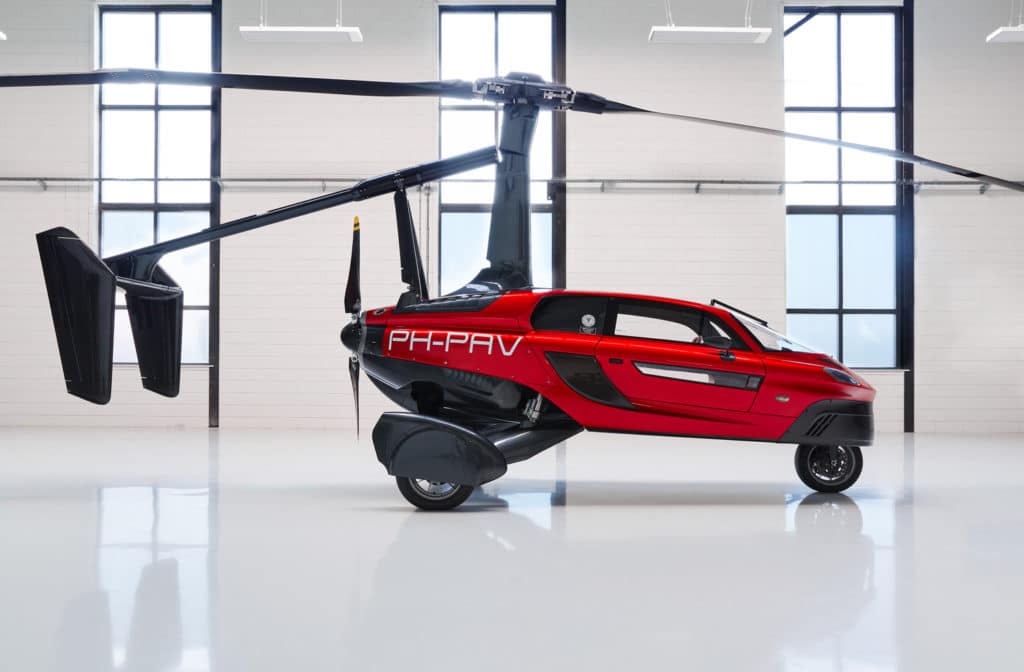
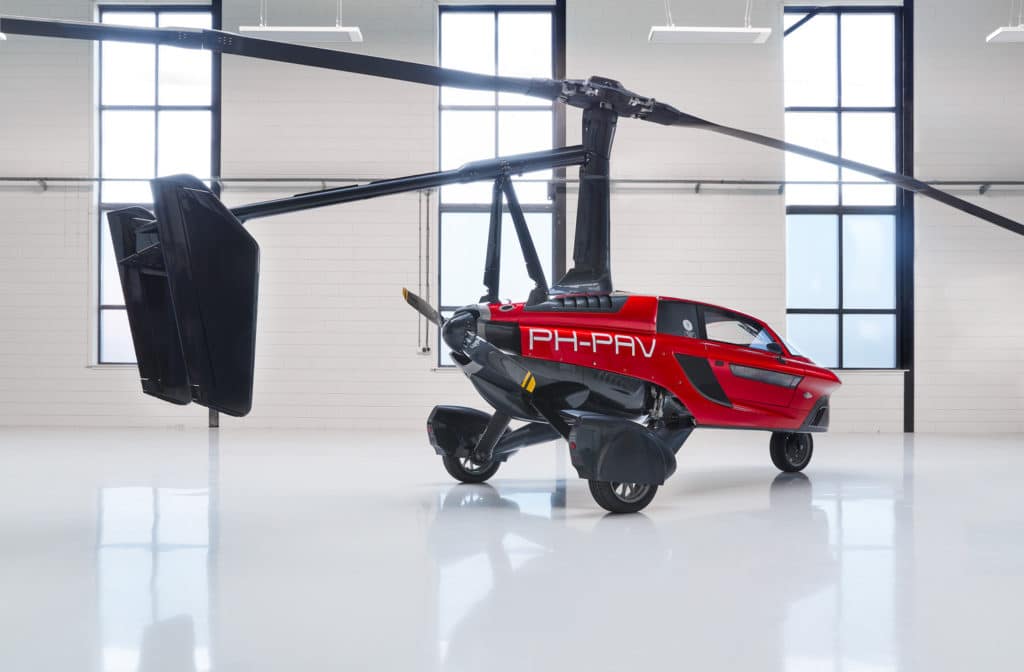

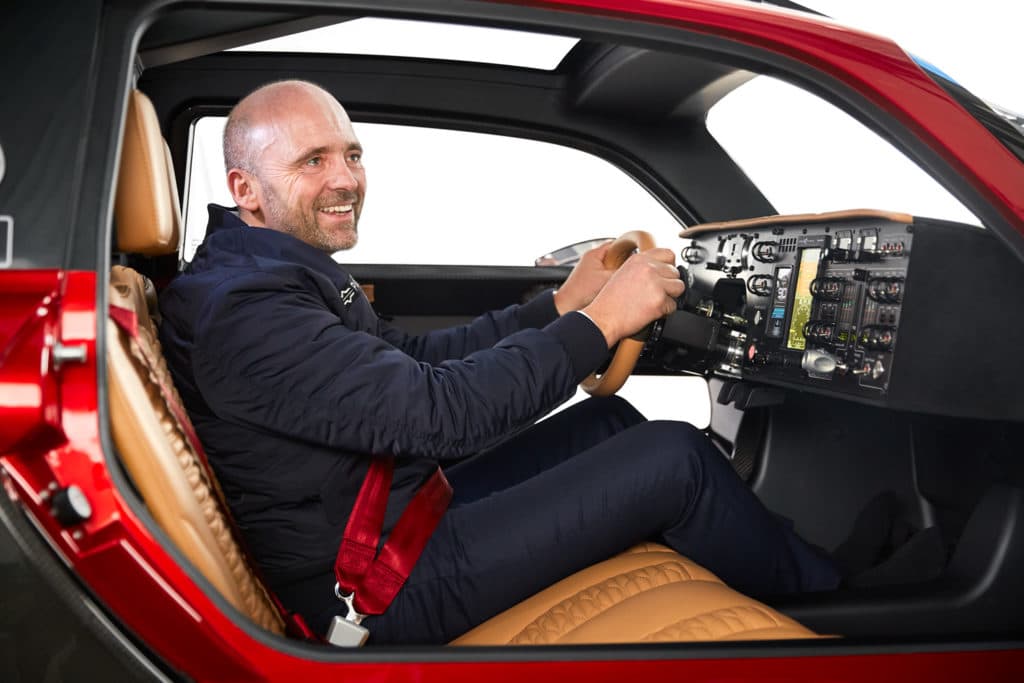
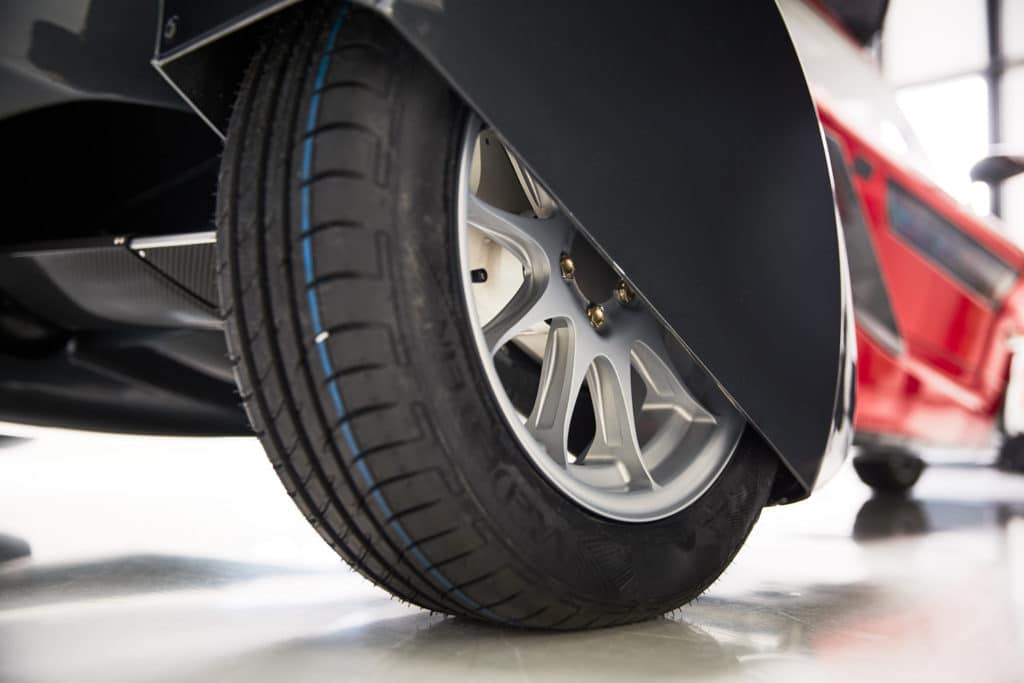
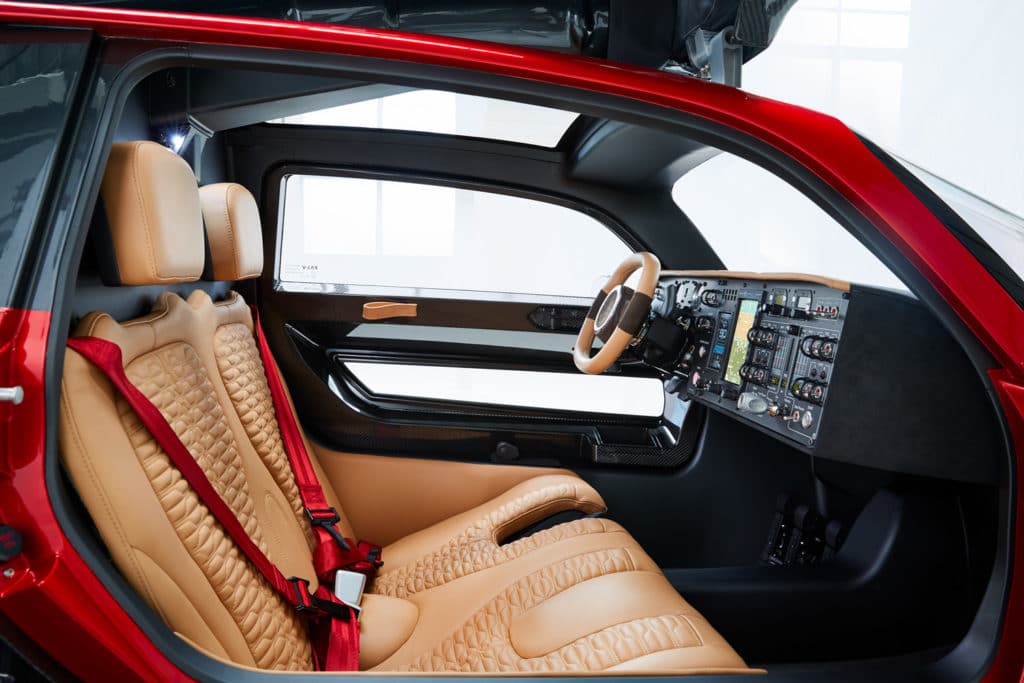
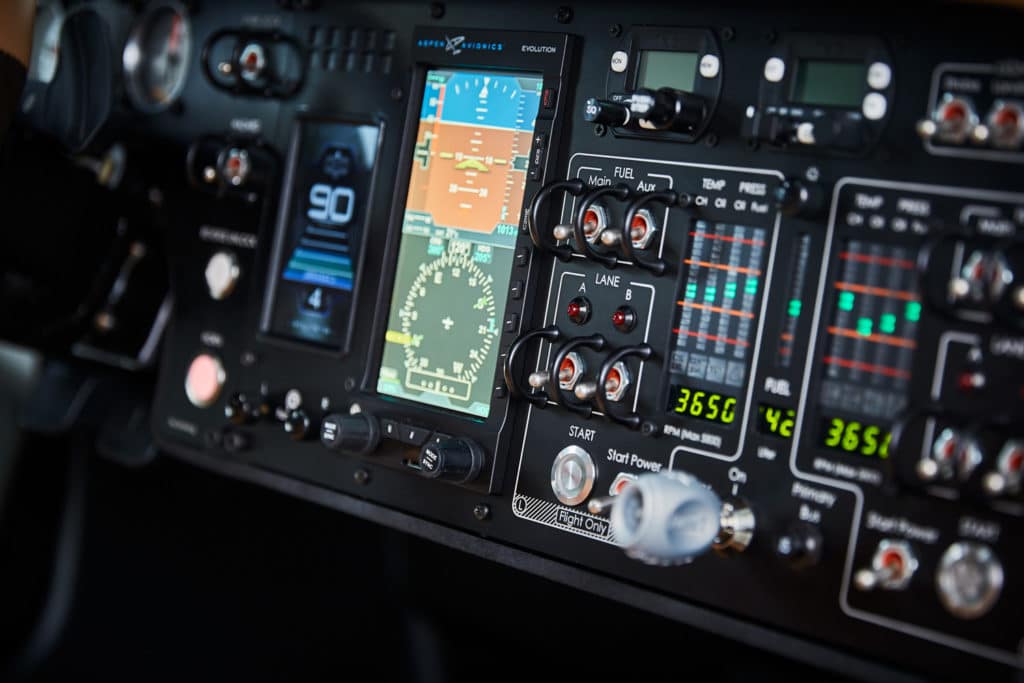
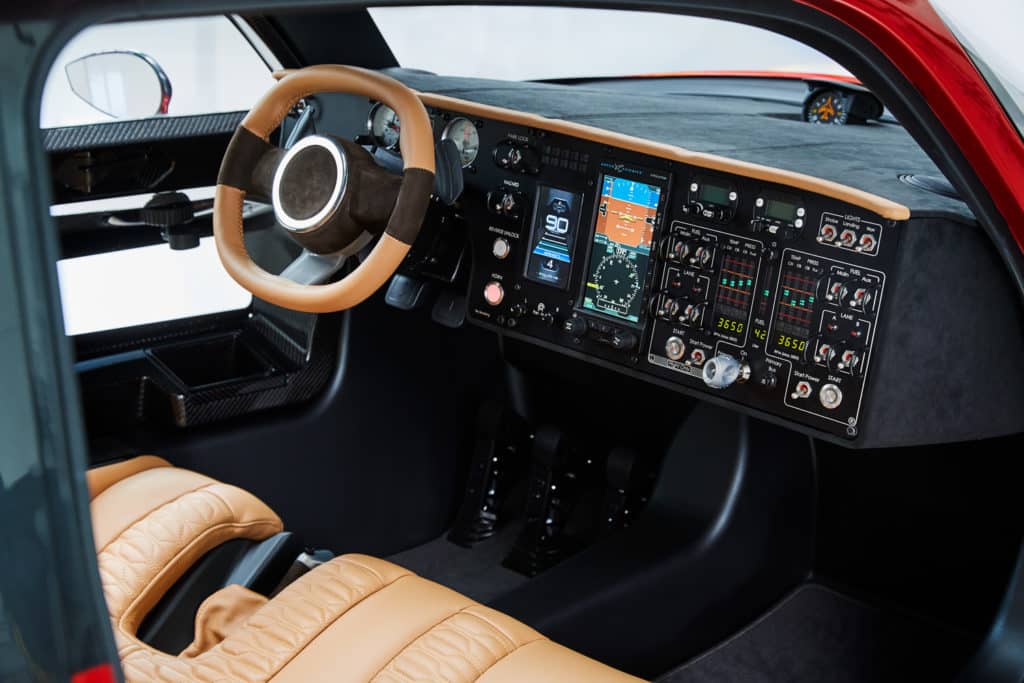
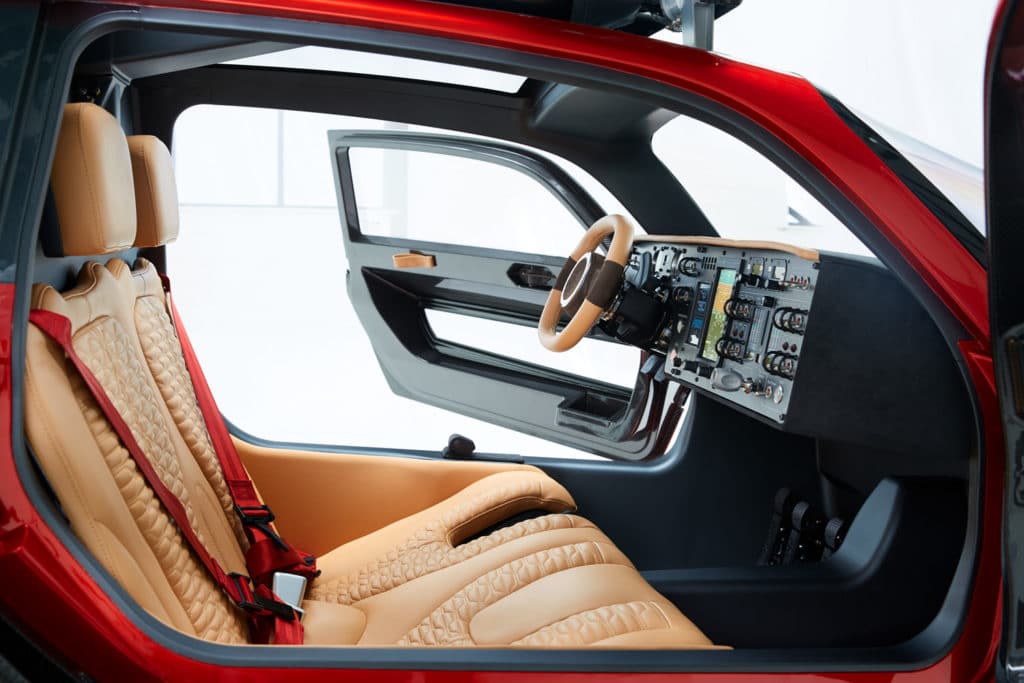


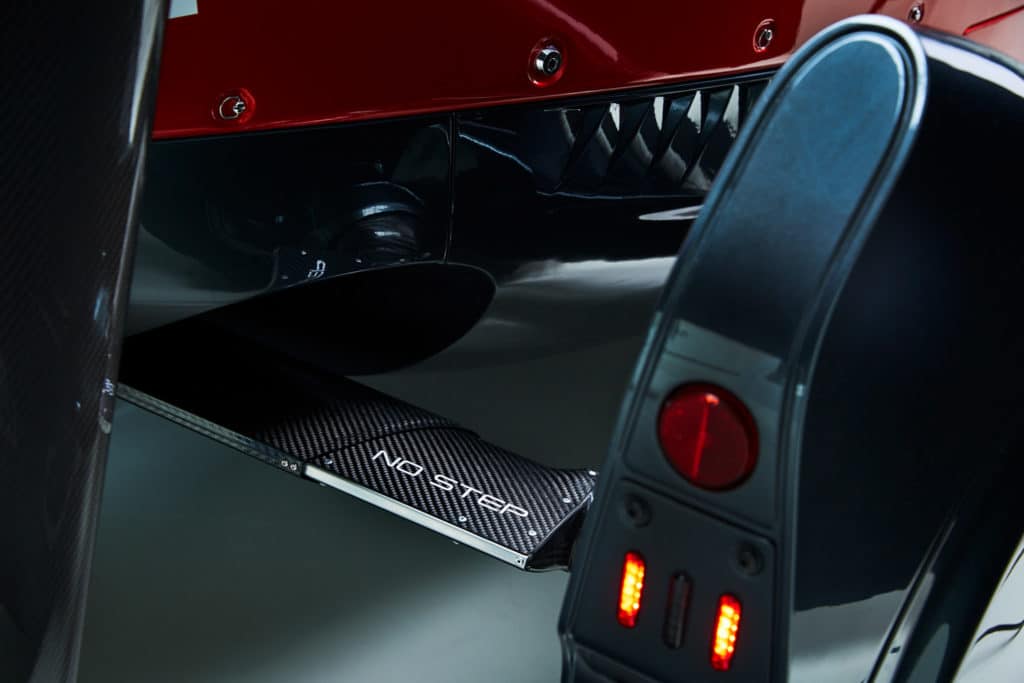
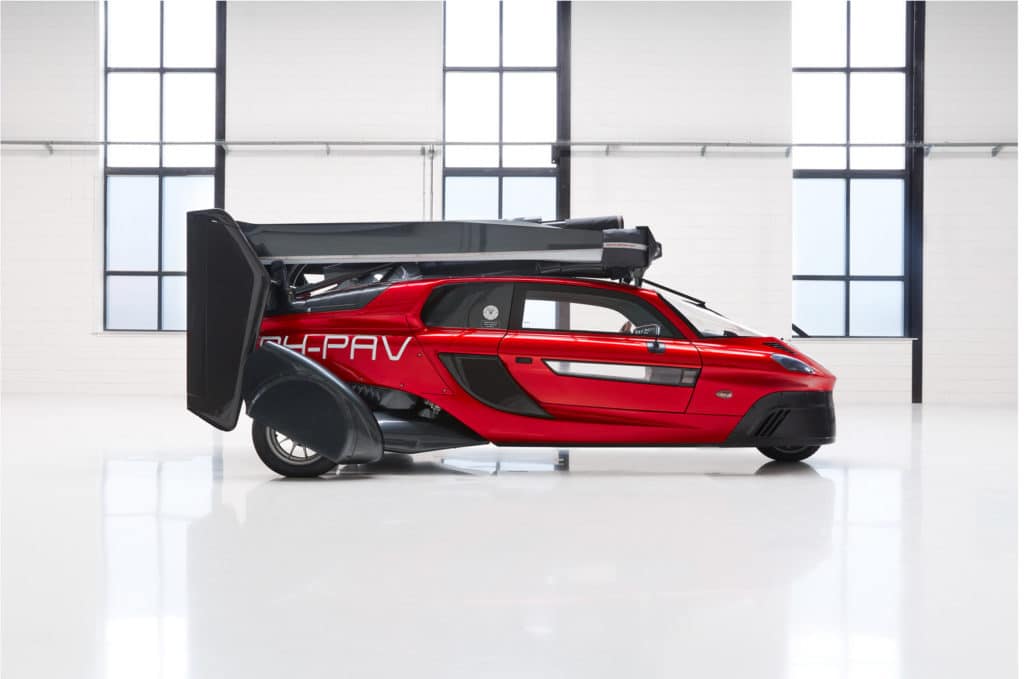
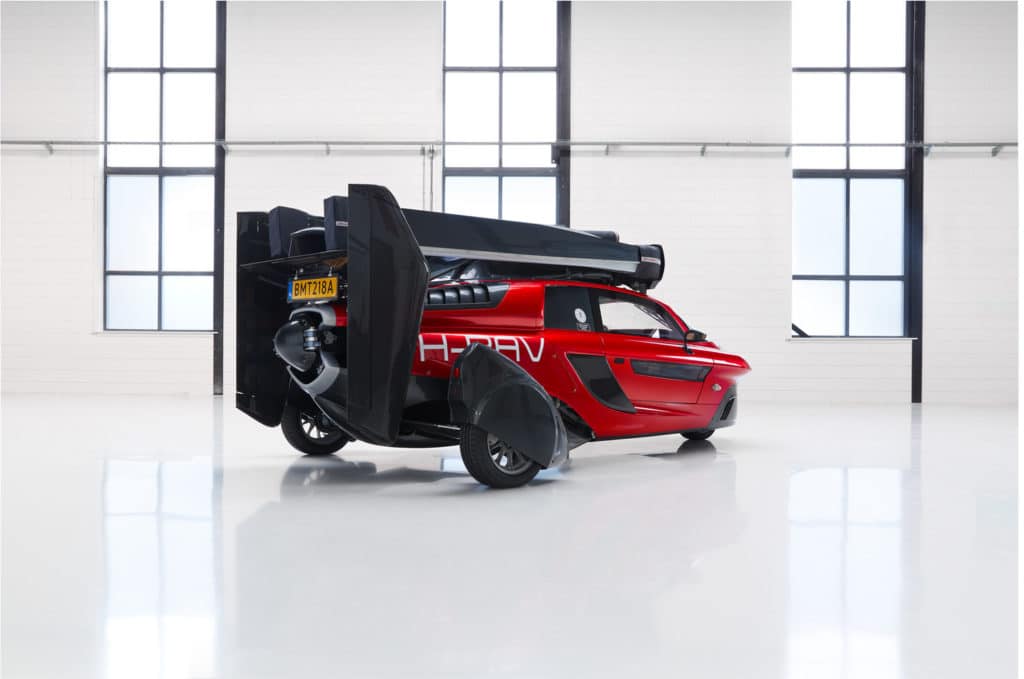
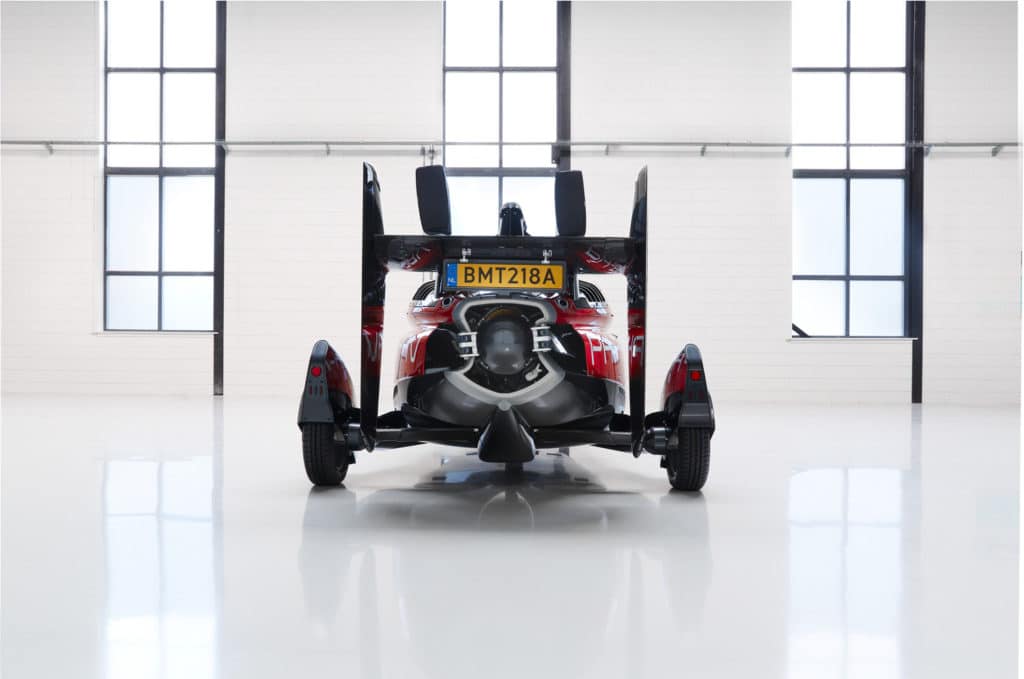
The company insists the Pal-V is not a helicopter, where blades are powered by an engine, but is a gyroplane in which the blades rotate thanks to airflow.
Even if both engines cut out, the blades will still turn. ‘The rotor is not powered, so it’s actually a parachute which is always available,’ Mr Dingemanse told AP.
Different versions of a flying car are being developed in the Czech Republic, Slovakia, Japan, China and the United States. The lucky owner will need both a driving licence and a pilot’s licence.
But with the keys in hand, the owner will be able to drive to an airfield for the short take-off and, after landing elsewhere, drive to the destination in a door-to-door experience. Parts are on order, with the first already in stock.
Once built, the vehicle will have to complete at least 150 flying hours, and undergo extensive tests to receive its certification from the Cologne-based European Aviation Safety Agency (EASA). Once finalized, this will allow them to certify under FAR 27 regulations in America.
The 27-gallon gas tank provides a flying range of between 248 an 310 miles at an altitude of up to 11,500 feet. On the road, it can drive for up to 750 miles.
KUWAIT AIRWAYS AND PAL-V BRINGING FLYING CARS TO THE GCC
Kuwait Airways will start to explore the possibility to use the PAL-V for their own operation offering their customers a “last mile” solution. “Because the PAL-V can use the same airports that we are using it is a vehicle that can provide our customers with a “last mile” solution. FlyDriving them to where they need to go. Which will offer our customer a door-to-door journey instead of airport to airport.” Says Kamil H. Al-Awadhi, CEO of Kuwait Airways. The PAL-V only needs a small airstrip of 300m long in order to take-off and land which doesn’t need to be a paved runway. The strips can be created in close proximity to urban areas where people are not disturbed by the presence of the airstrip. PAL-V can drive the last mile to the destination, making the PAL-V a true door-to-door solution for the airport-to-city journey. The PAL-V can reach a landing strip near a city 400km away in just 2.5 hours, after that the conversion only takes 5 minutes and you can drive your last miles into the city.

Aviation
Boeing, Antonov to Collaborate on Defense Projects

– MOU represents Boeing’s commitment to work with Ukrainian industry
– Includes exploring opportunities for collaborating on in-country support of Unmanned Aerial Systems
A Memorandum of Understanding was signed today by Boeing and Antonov Company to investigate potential collaboration on defense-related projects.
“We’re happy to keep collaborating with the Antonov Company to help Ukraine’s economic development and expansion,” stated Ted Colbert, CEO and president of Boeing Defence, Space, & Security.
Airbus and the Antonov An-225: The Best Partnership:Click here
“This agreement demonstrates our ongoing efforts to find more opportunities to work with Ukrainian industry, which was underscored by our signing of the Ukrainian Defence Industry Compact earlier this year.”
The areas of potential collaboration identified in the agreement consist of training, logistical support and overhaul services for tactical Unmanned Aerial Systems utilized by the Ukrainian Armed Forces, which includes the ScanEagle. In addition, the companies will also explore opportunities for Antonov to provide engineering support to Boeing.
The six largest cargo aircraft ever built in the aviation industry:Click here
“A strong, innovative, and efficient defense industry is key to sustainable economic development and national security, and we are extremely excited to collaborate with Boeing,” said Ievhen Gavrylov, CEO of Antonov Company.
This agreement brings a whole new level of opportunity to implement the latest and most effective solutions – in addition to the possibility of future projects with Boeing in the aerospace and defense industry.”
-

 Travel1 week ago
Travel1 week agoAir India to Expand US Operations with Three New Routes After a Decade
-

 Travel2 weeks ago
Travel2 weeks agoWhy We Should Avoid These Stamps in a Passport
-

 Airlines1 month ago
Airlines1 month agoInvestigations Reveal Fake Chinese Titanium in Boeing and Airbus Jets
-

 Tech4 weeks ago
Tech4 weeks agoChina’s CATL Plans 1,800-Mile Electric Plane Launch by 2027
-

 Airport3 days ago
Airport3 days agoTop 10 Largest Airports in the World by Size
-

 Aerospace4 weeks ago
Aerospace4 weeks agoChina’s Fighter Jets Turn Wings into Autonomous Drones
-

 Airlines4 days ago
Airlines4 days agoAir India Rolls Out A350s for Delhi-New York JFK and Newark Routes
-

 Defence3 weeks ago
Defence3 weeks agoBoeing Enhances Chinook with New Engines and Block II Upgrades at $96 Million







